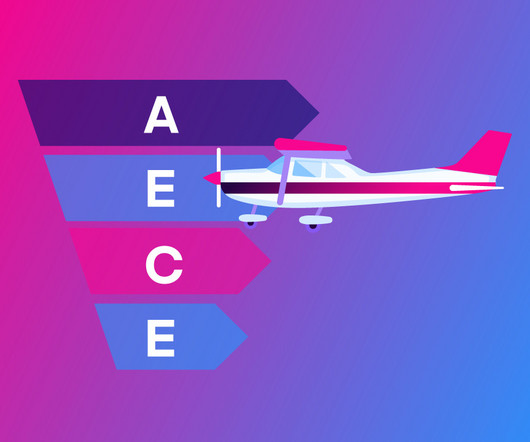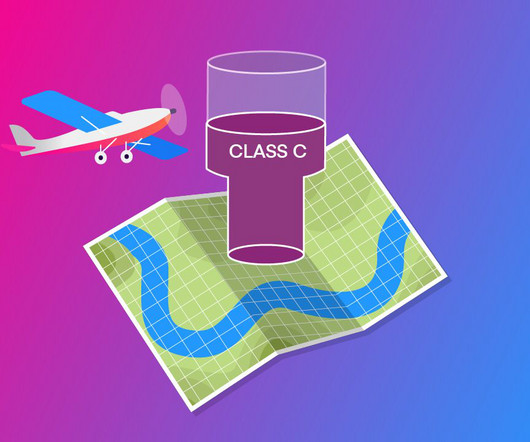Class E Airspace Explained
Pilot Institute
OCTOBER 2, 2024
Key Takeaways Class E airspace is the most common controlled airspace in the United States. It typically begins at 1200 feet AGL but can start lower in some locations. Introduction to Class E Airspace Class E airspace is the most common type of controlled airspace.











Let's personalize your content